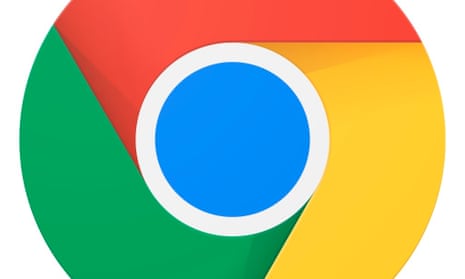Google has confirmed it will build an adblocker into its Chrome browser from next year as it targets the most intrusive online adverts.
The web giant is working with the Coalition for Better Ads, an independent group comprised of tech companies, publishers and major advertisers and agencies, that aims to improve the experience of web browsing.
Sridhar Ramaswamy, Google’s senior vice president for ads and commerce, wrote in a blogpost: “It’s far too common that people encounter annoying, intrusive ads on the web – like the kind that blare music unexpectedly, or force you to wait 10 seconds before you can see the content on the page.
“These frustrating experiences can lead some people to block all ads – taking a big toll on the content creators, journalists, web developers and videographers who depend on ads to fund their content creation.”
By blocking just the most annoying ads, Google hopes it can improve browsing experience and protect its business model. Advertising makes up 86% of its revenue and it does not want people blocking all ads. About 1 in 4 people are estimated to have used a desktop adblocker and about 1 in 10 on phones.
The majority of Google’s own ads already comply with the Coalition’s standards. Its largest single revenue source – keyword adverts on search pages – is already seen as the gold standard of acceptability.

Chrome, which holds 54% of the global browser market according to data from StatCounter, already blocks some adverts such as pop-ups, which were the scourge of the internet in the early 00s. From early 2018 it will block any that fall foul of the Better Ads Standard, including, it says, those owned or served by Google itself.
The standards were drawn up after “comprehensive research” involving more than 25,000 participants. On desktop they ban “pop-up ads, autoplaying video ads with sound, prestitial ads with countdown timers and large sticky ads”. On mobile “pop-up ads, prestitial ads, ads with density greater than 30%, flashing animated ads, autoplay video ads with sound, poststitial ads with countdown, full-screen scroll-over ads, and large sticky ads” are outlawed.
The European Commissioner for Competition, Margrethe Vestager, has previously said the EU would follow Google’s moves around adblocking and their impact “closely”.
Unlike Google’s biggest digital advertising competitor, Facebook, the majority of Google’s ad revenue comes from users on the open web, where adblockers are technologically unhindered in how much content they can filter out of users’ browsing experience.
Facebook, with its 1.74bn mobile monthly users has an audience increasingly using the company’s own smartphone apps, leaving it largely protected from the adblocking boom, though it has still taken a more aggressive stance towards the tools, actively seeking to bypass them on its desktop website.
Google also announced what it calls Funding Choices, a programme available to publishers in North America, the UK, Germany, Australia and New Zealand to generate revenue from adblocking users. Funding Choices identifies adblockers and asks them to either enable ads or to pay to remove them. Users pay using a new digital wallet, Google Contributor, which charges a micropayment for each ad-free visit and passes on revenue to publishers, but also gives Google a cut.
Google has been trialling similar programmes for some time but to a muted reception from both publishers, who can implement similar systems themselves without giving money to Google, and users, who have shown no great enthusiasm for a micropayments system.
